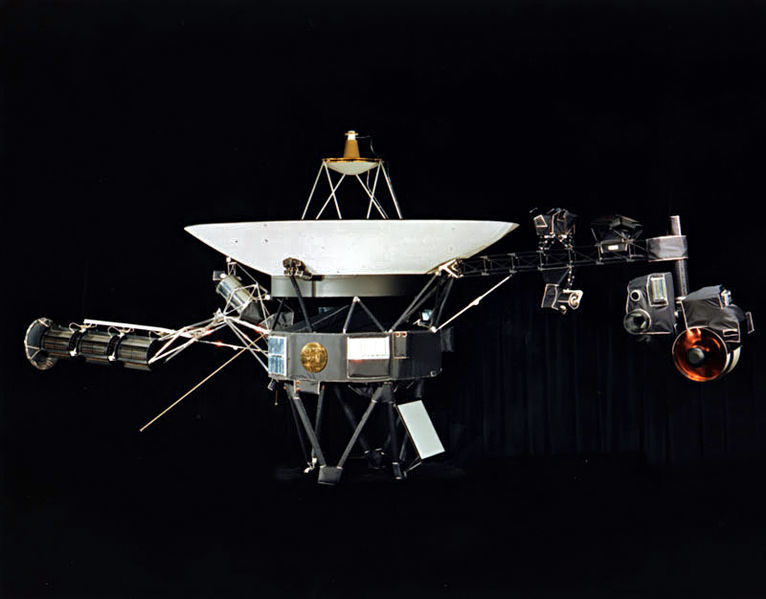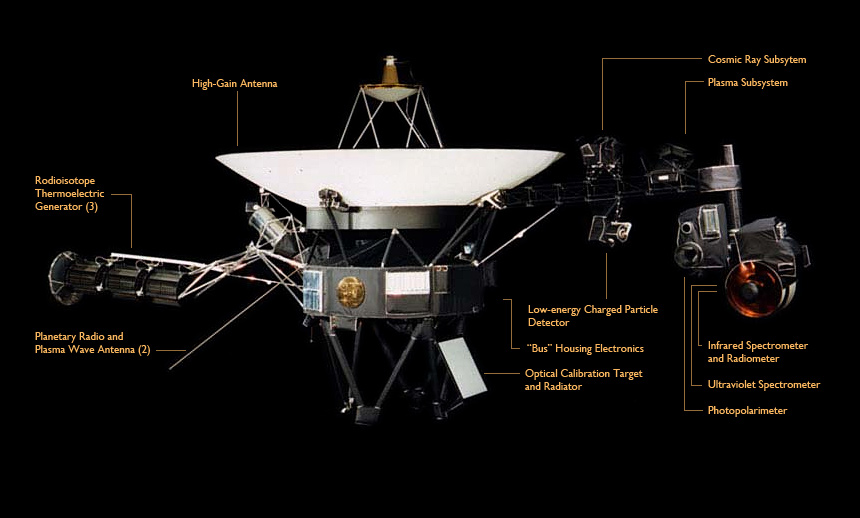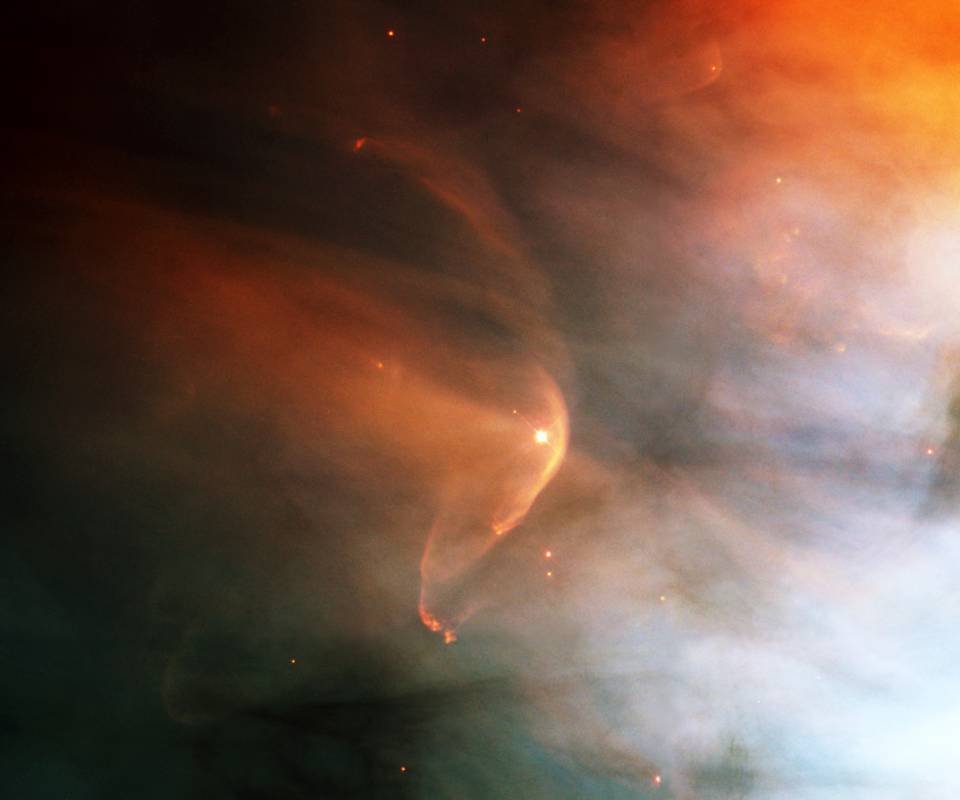It's official: Voyager 1 left this Solar System bound for a different one.

Voyager 1 was launched by NASA in 1977. Its mission was to enable study of the outer planets, but it wasn't intended to return. We fired a bullet into space and it's going to keep moving. The probe is now twelve billion miles from Earth, so any radio interactions take seventeen hours to transfer. At such a distance, Voyager 1's Plasma Wave Science instrument (that's really its designation) began indicating that it was reaching the edge of our Solar System.
This news is a bit late, since it's believed to have passed the edge on August 25th, 2012, but NASA scientists wanted to confirm their suspicions as much as possible before releasing the news. Late last year, the decreased intensity in energetic particles from the Sun, coupled with an increase in low-energy cosmic rays signified that Voyager 1 was reaching the boundary of the Solar System, to become the first man-made object to do so.
Around 2004, Voyager 1 reached the termination shock point, an area of subsonic solar winds. The icon of the Solar System's edge is the heliopause, beyond the termination shock. The heliopause is the point at which solar wind merges with the ISM (interstellar medium). Pressures within and without the Solar System are relatively balanced here, creating an "eye of the storm" that encircles our cluster of planets.
To give you some scale, Voyager 1 passed by:
Jupiter on March 5th, 1979
Saturn on November 12th, 1980
Uranus on January 24th, 1986
and Neptune on August 25th, 1989.
And on August 25th, 2012, it left the Solar System. It's been traveling for thirty-six years; it's currently moving at eleven miles per second, relative to the Sun.
Voyager 1 is powered by three radioisotope thermoelectric generators, meaning electricity is generated by radioactive decay. Each generator contains twenty-four plutonium-238 spheres that release heat as they decay, which is converted into electricity through the Seebeck effect. Because the plutonium is decaying, the power output of the RTGs is halved every eighty-eight years, meaning that Voyager 1 will be drifting aimlessly and mutely in 2026.
EDIT: NASA's dedicated Voyager 1 website gives a basic overview of the external systems on the craft. It's amazing that 1977 technology is not only still running, but capable of reliably transmitting data twelve billion miles.

Every week, Voyager 1 records ninety-six seconds of plasma wave data using its Digital Tape Recorder, at a quality of 115.2 kbps--a little less than CD audio quality. This is twice the amount that other spacecraft are assigned (no rest for the wicked, I guess). Note that this isn't an audio recording but one of plasma wave readings. Every six months this data is transmitted back to Earth, where it's distributed to various scientific organizations internationally.


Log in to comment